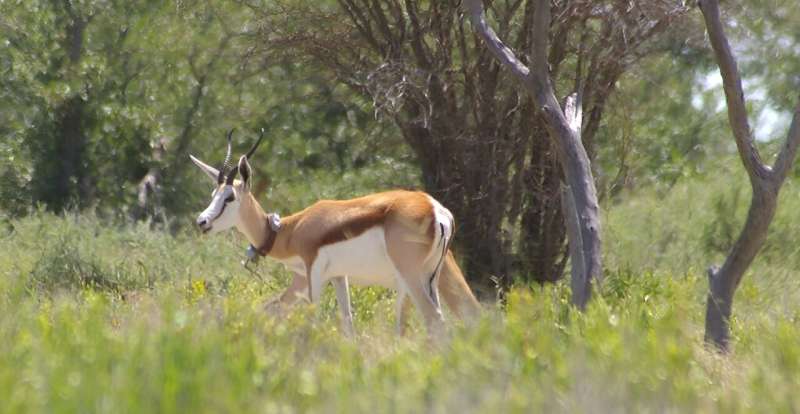A recent study published in Nature Communications sheds light on how wild animals react to human disturbances. Researchers from the University of Potsdam analyzed data from 1,585 tagged animals across 42 species to understand their behavior post-tagging. The findings suggest that animals in human-influenced habitats recover faster than those in undisturbed areas. This study challenges traditional notions of wildlife adaptation to human presence. To read more about this groundbreaking research, click here.

In this complex dance between humans and wildlife, it is essential to account for how our behaviors influence animal behavior when conducting conservation efforts and ecological research. Researchers in Potsdam have now conducted a ground-breaking study that reveals what is happening between humans and wild animals: The scientists provide important insights into how wild animals respond to disturbance by humans, whether they are likely to escape injury or even the risks associated with wildlife tagging and tracking.
The results complexify our understanding of how animals respond to human contact. Of 42 species tested, the vast majority–30 of them–exhibited obvious behavioral changes following tagging activities. The ubiquity of the response highlights the power that even small actions by people can have for wildlife.
Strikingly, the animals show divergent alterations in such behavior. Following tagging, herbivores (over-represented, as discussed above) tended to roam further, presumably feeling more exposed. The distance that predators covered in their responses was similarly constrained as well. This divergence in behavior provides insight into how different species might perceive or respond to potential threats.
But it was reassuring to see that, eventually, the animals all settled. Animals took from a minimum of four to seven days post-capture to recover, indicating an impressive capacity within wild animals for returning to normality following short-term human activity.
Drawing on the recovery rates, the scientists discovered intriguing disparities in animal groups. Omnivore and carnivore activity levels also returned to normal in five to six days. Herbivores showed a different pattern— they moved back into their normal range of movement just as quickly but rested longer before returning to typical levels of activity. Unraveling this complex recovery process may therefore illuminate the differences in stress responses and adaptive strategies among species.
The research also showed larger animals recover faster than smaller animals. It adds another dimension to the responses we see in the wildlife.
Such finds carry important implications for wildlife monitoring and conservation efforts. According to the study, periods for tracking (e.g. avoiding collection of data from weeks following the initial handling impact during deployment) should extend beyond one week to acquire meaningful behavioral data not influenced by initial disturbance by tagging. Information like this is vital for researchers and conservationists who aim to document the behavior of animals and their movement in response to potential threats.
Furthermore, the study demonstrates increased relevance in a world where human-altered habitats are prevalent. Therefore, learning both animal responses to and recovery from human disturbance is critical to conserving imperiled populations in these anthropogenic landscapes.
Most tantalizing of all, the research deconstructs some fundamental assumptions about how wild animals negotiate life in a world full of people. It says that animals can respond to human activity, but they are amazingly adaptable and will revert to their old ways. It is this resilience that gives us hope in a changing world of conservation.
These types of studies are crucial as we co-evolve with our fellow inhabitants on this planet. This helps supplement our scientific knowledge but also serves as a somber reminder of just how fine a line we walk when defiling the natural world. And by recognizing the temporary disruptions we create, and letting systems recover, we can have a more respectful integration of wild animals that cohabit with us on this planet.
